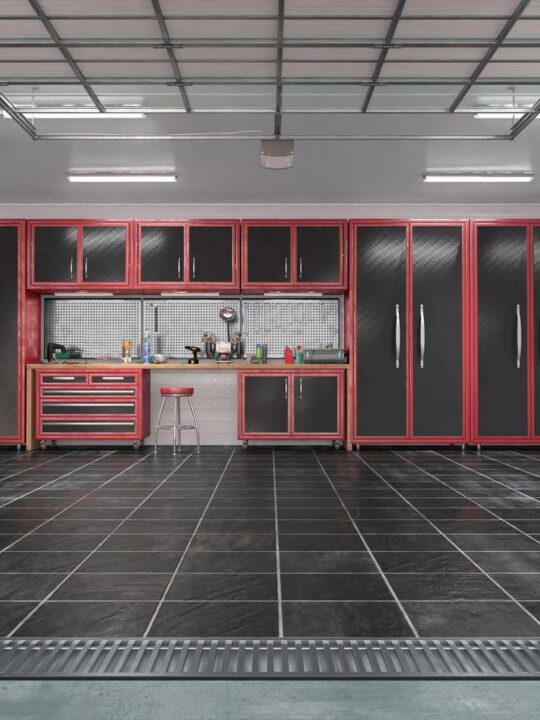 When we think about the buildings and structures that make up the world around us, it’s easy to overlook the incredible engineering feats that keep them standing strong. Especially when it comes to remedial construction, the unsung hero of structural safety and longevity, there’s a whole world of innovation quietly working behind the scenes.
When we think about the buildings and structures that make up the world around us, it’s easy to overlook the incredible engineering feats that keep them standing strong. Especially when it comes to remedial construction, the unsung hero of structural safety and longevity, there’s a whole world of innovation quietly working behind the scenes.
What exactly is remedial construction, and why should we care about it? Let’s peel back the curtain and explore how modern strategies and technologies are setting new standards for building safety and durability.
Table of Contents
Emerging Technologies in Remedial Construction
At the heart of this evolution is a suite of emerging technologies that are transforming how professionals like sustainable building construction expert Karim Allana approach remedial projects. From drones that conduct detailed inspections of hard-to-reach areas to advanced materials that provide stronger, more resilient repairs, the toolkit for remedial construction is expanding in exciting ways.
For example, self-healing concrete, imbued with bacteria that activate in the presence of water, can fill cracks that develop over time, significantly extending a structure’s lifespan. Similarly, the use of 3D printing technology in construction allows for the precise fabrication of parts needed for repairs, often on-site, reducing waste and improving efficiency.
Software advancements, such as building information modeling (BIM), are also enabling better planning and execution of remedial projects. With BIM, contractors can create and manipulate digital representations of physical and functional characteristics of places, which allows for improved coordination among stakeholders and minimizes the risk of errors during construction.
Case Study: Sydney Opera House
The restoration of the Sydney Opera House’s concrete facade is a prime example of innovative remedial construction in action. Facing deterioration from its marine environment, the project team employed Electrochemical Realkalisation (ER) to halt steel reinforcement corrosion without major physical alterations. This method, alongside the use of 3D scanning and modeling, allowed for precise damage assessment and restoration planning, respecting the original architectural design. Innovative scaffolding solutions were also implemented, ensuring the iconic structure’s silhouette remained unobscured, showcasing a seamless blend of modern technology with traditional repair techniques.
This approach not only preserved the structural integrity and aesthetic of the UNESCO World Heritage site but also set a new standard for similar heritage conservation projects worldwide. The successful integration of cutting-edge methods in the Sydney Opera House restoration highlights the importance of innovation in extending the lifespan of culturally significant buildings, proving that with the right strategies, preserving our architectural legacy for future generations is entirely achievable.
Challenges and Solutions in Implementing New Strategies
Adopting these innovations isn’t without its hurdles. High costs, a lack of skilled labor familiar with new technologies, and regulatory challenges often stand in the way. However, the industry is finding ways to overcome these obstacles.
Investment in training and education is growing, helping to equip the workforce with the necessary skills. Also, collaboration between tech companies and construction firms is leading to more cost-effective solutions and the development of standards that ease regulatory compliance.
The Future of Remedial Construction
Looking ahead, the future of remedial construction looks bright, with potential breakthroughs on the horizon that could further enhance safety and efficiency. Buildings may be equipped with sensors that continuously monitor structural integrity and automatically alert maintenance teams to potential issues. Or they could benefit from nanotechnology, which could lead to even more advanced materials with unprecedented properties.
As the construction industry continues to embrace innovation, the role of regulatory bodies and educational institutions in supporting these advances cannot be understated. Through collaboration and continued investment in research and development, the path toward safer, more resilient structures is clear.







